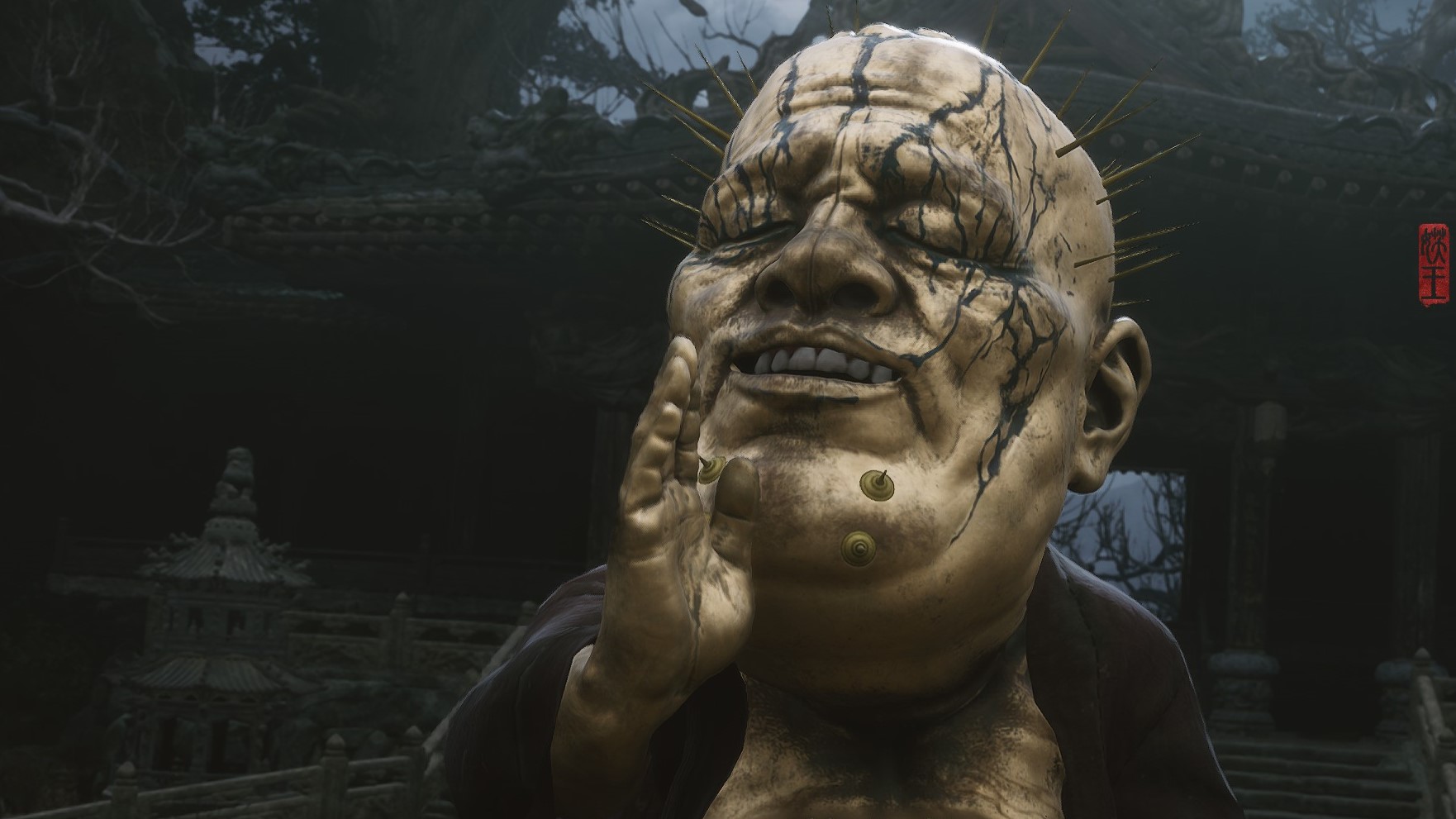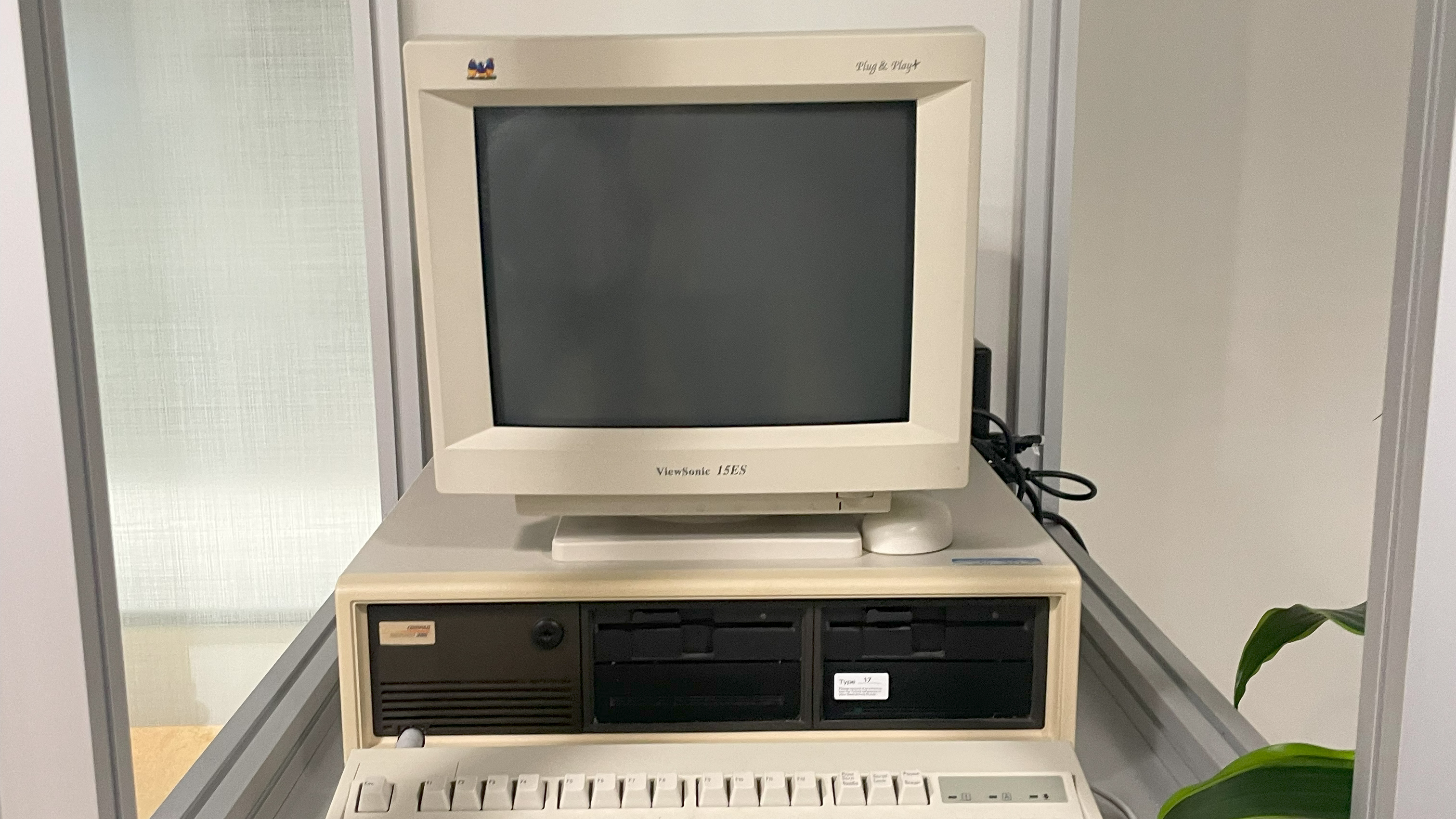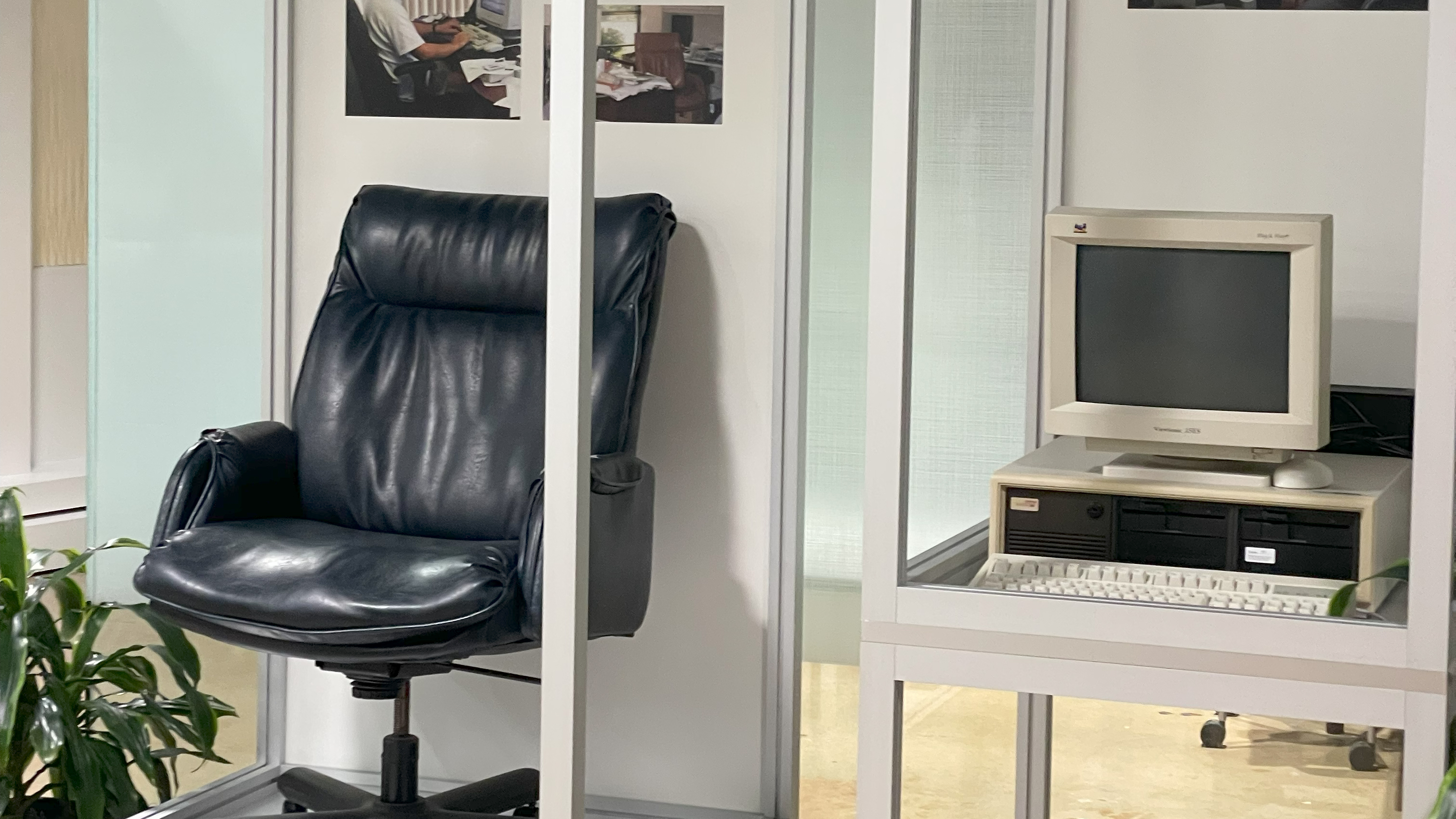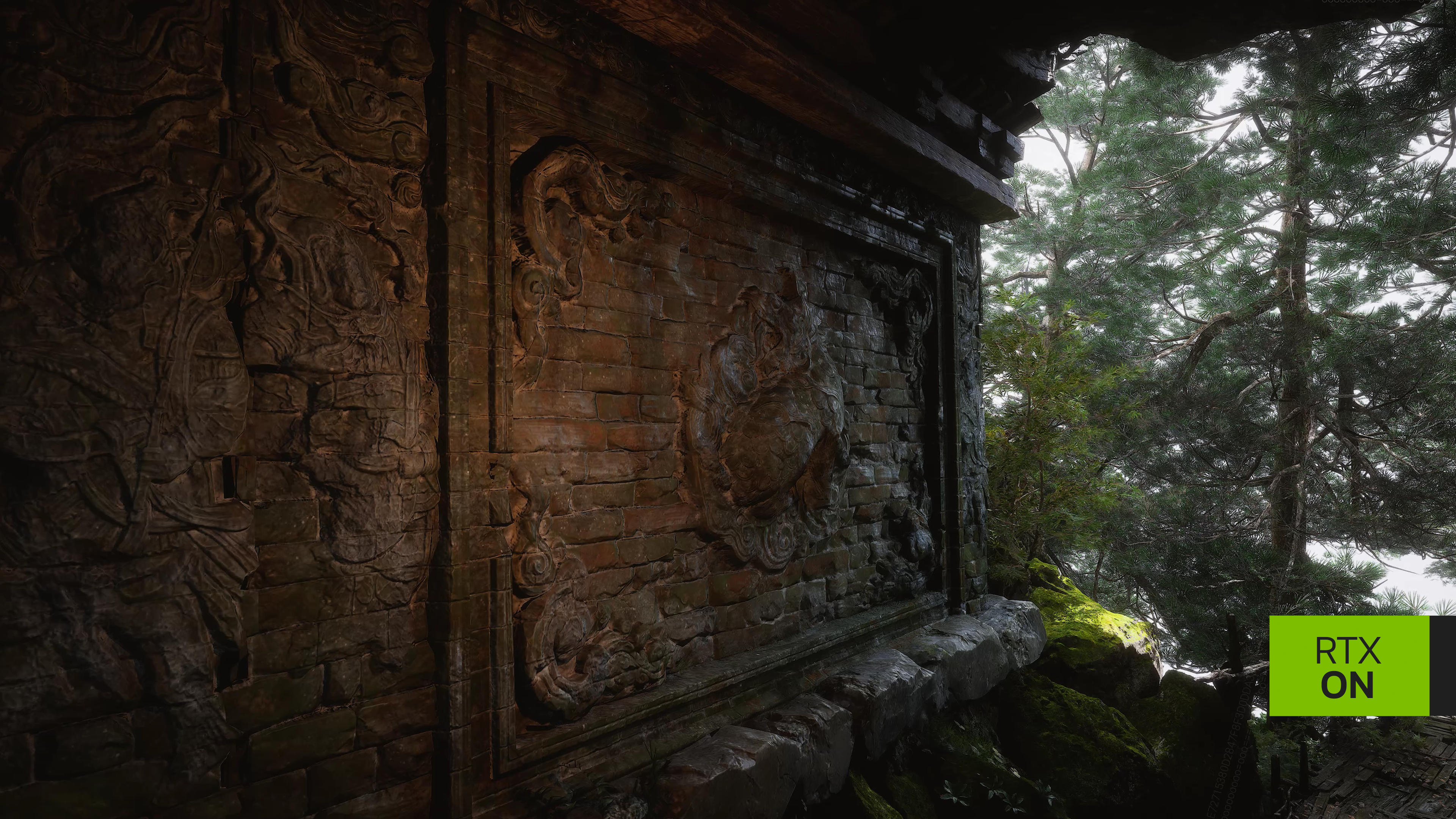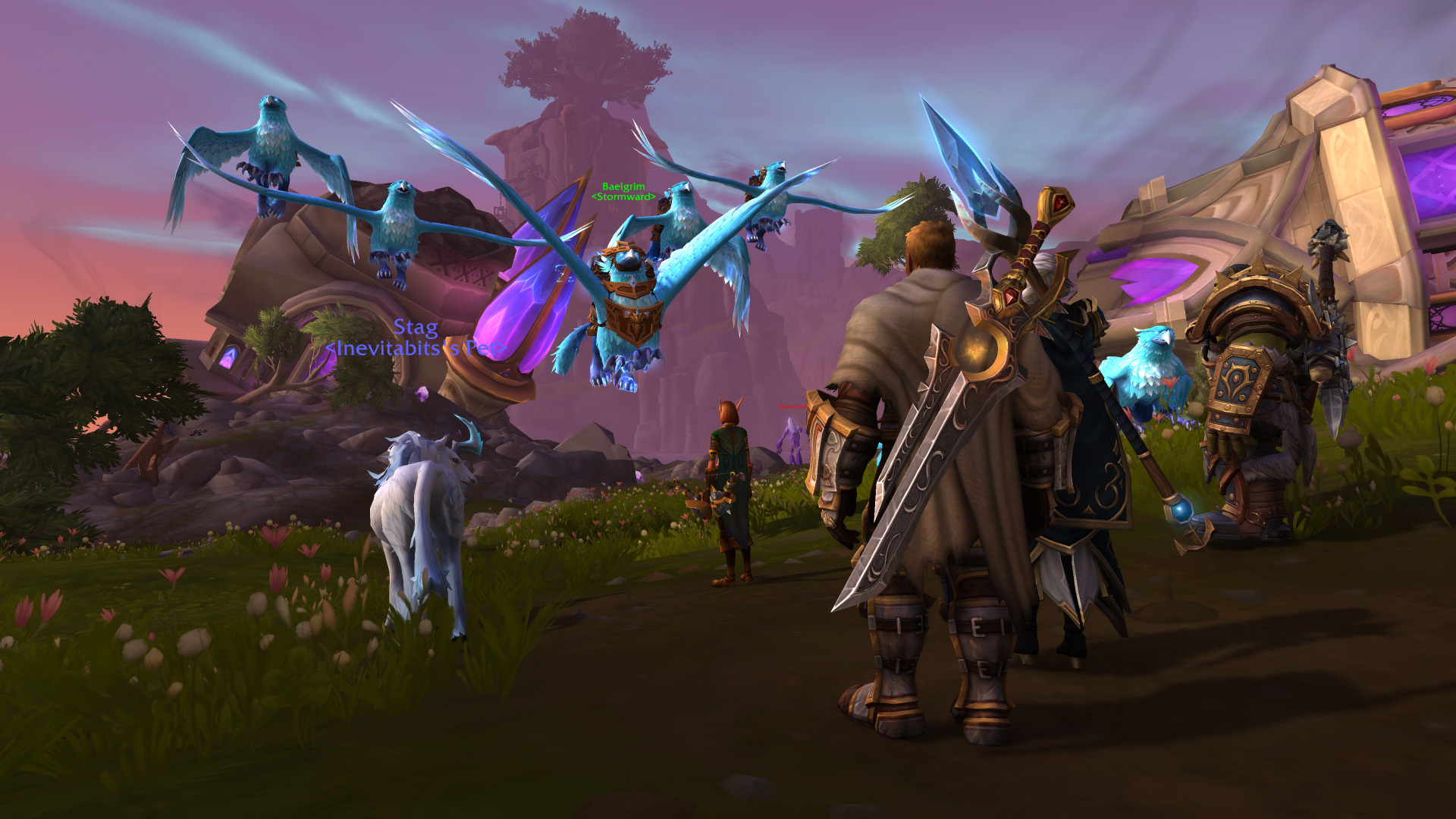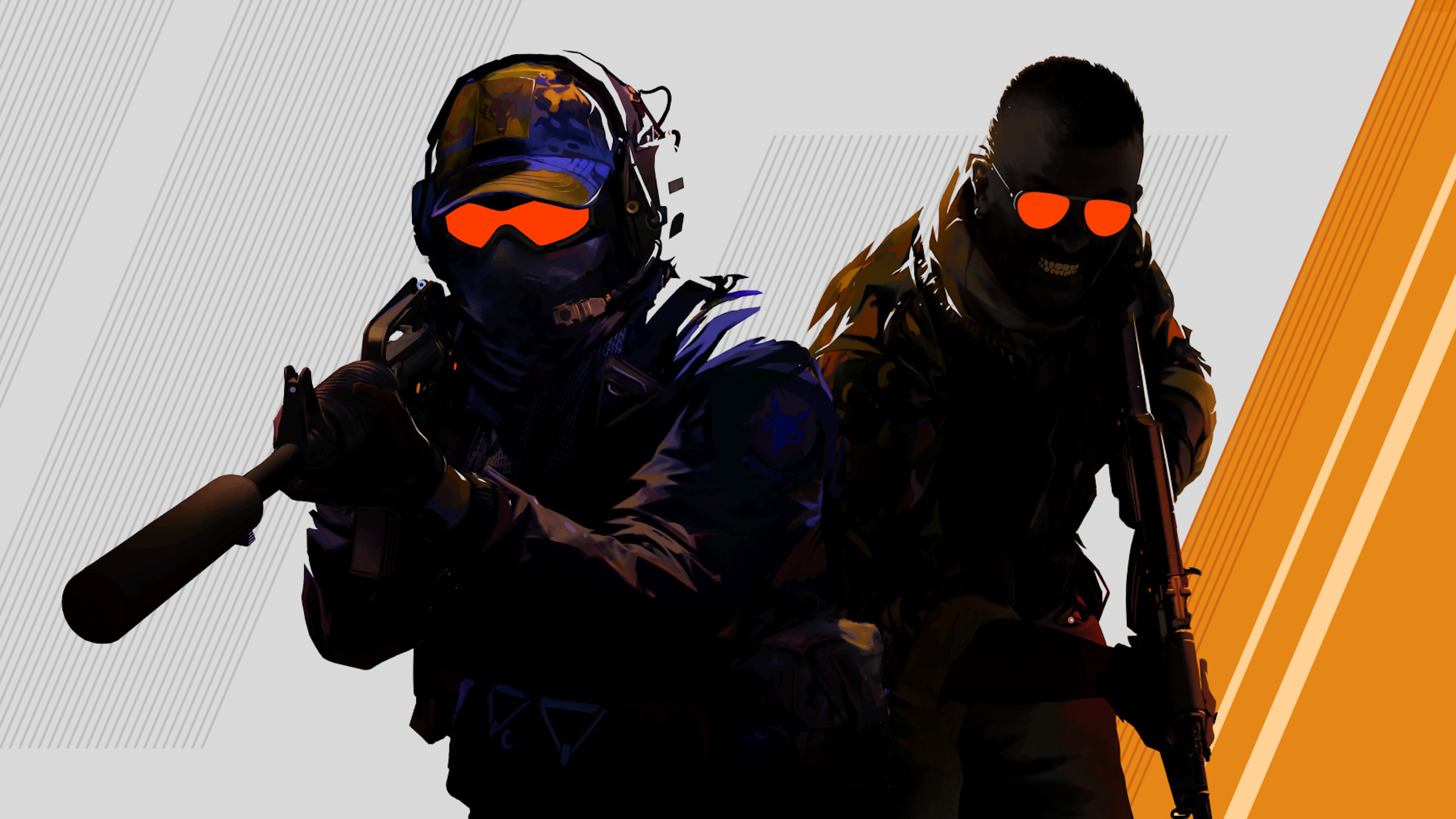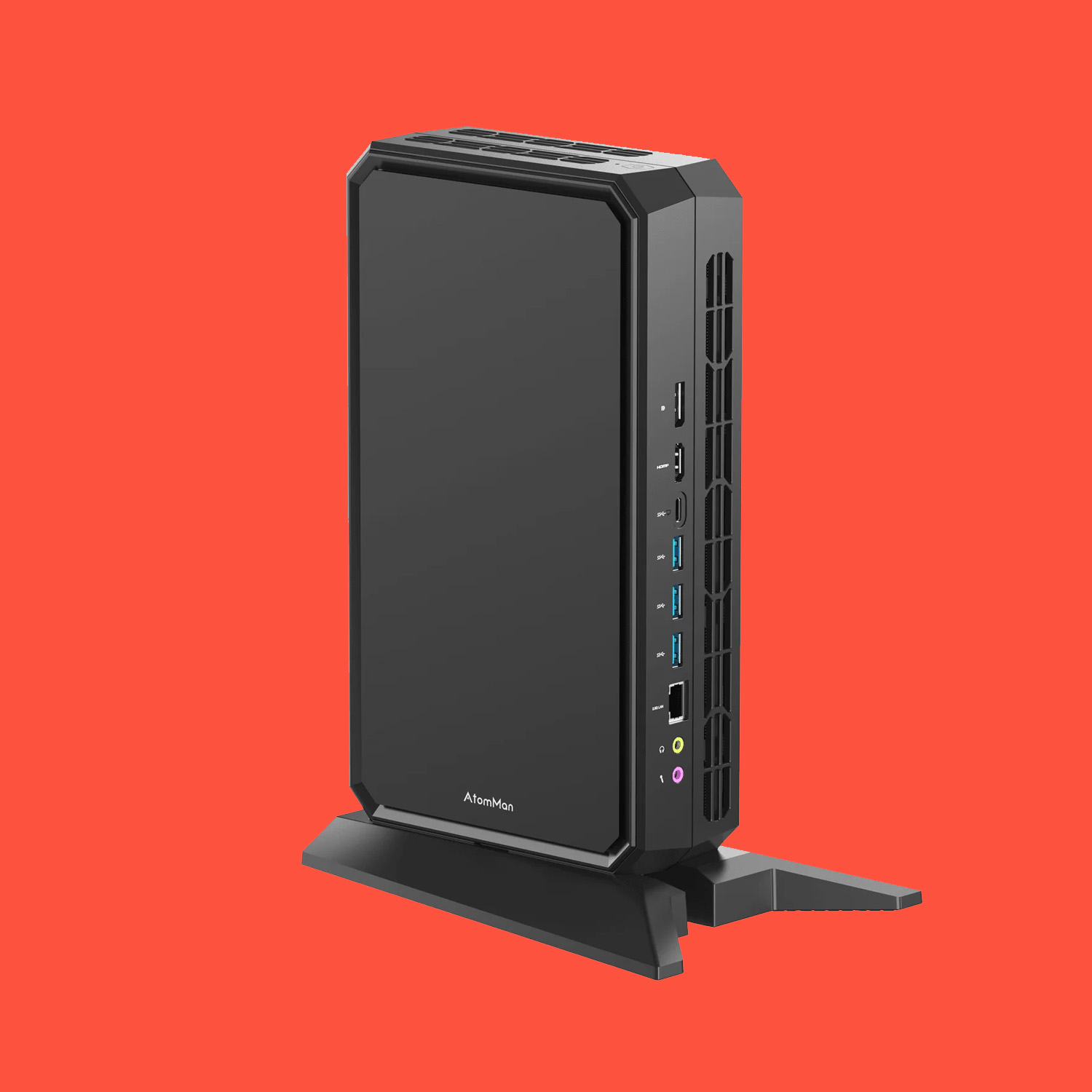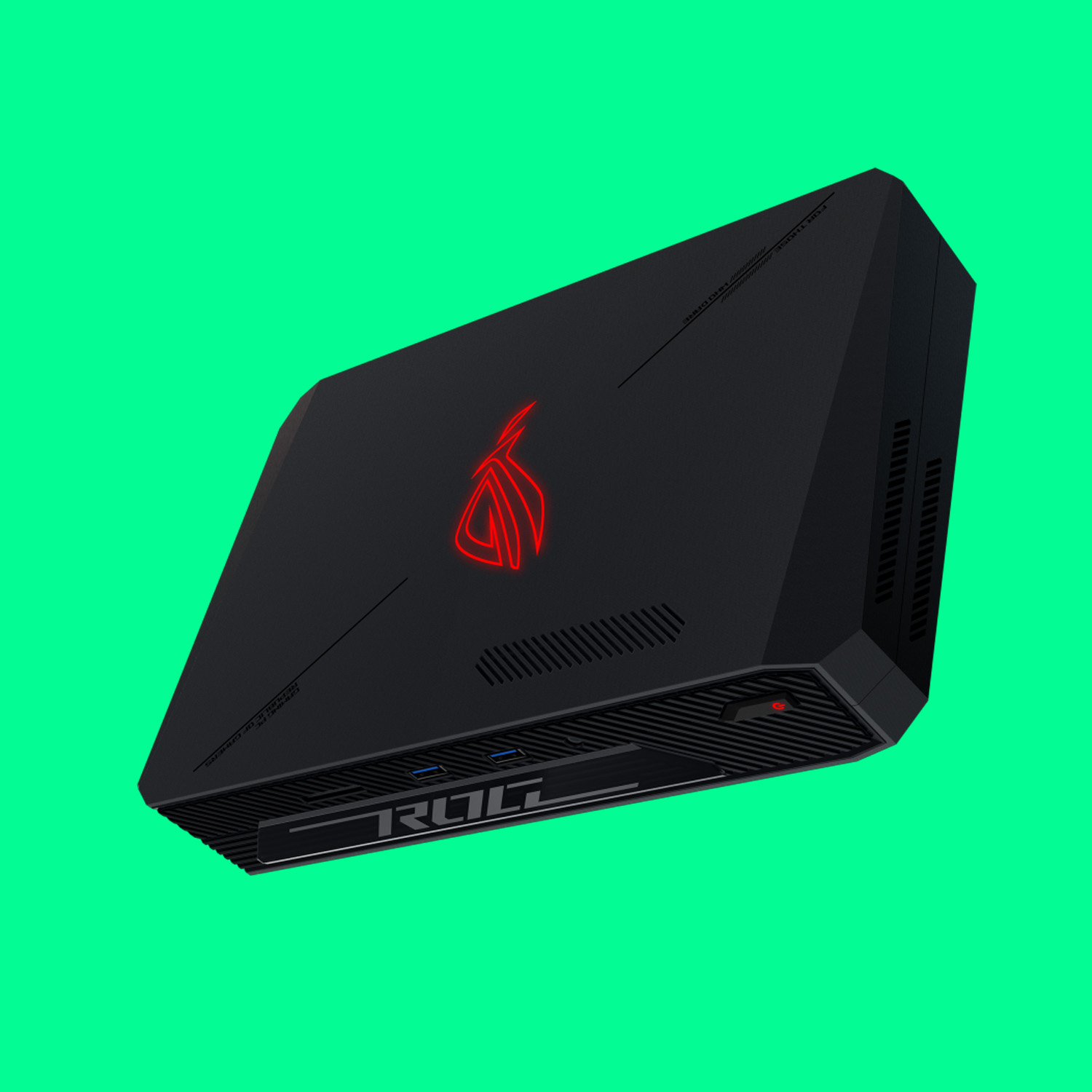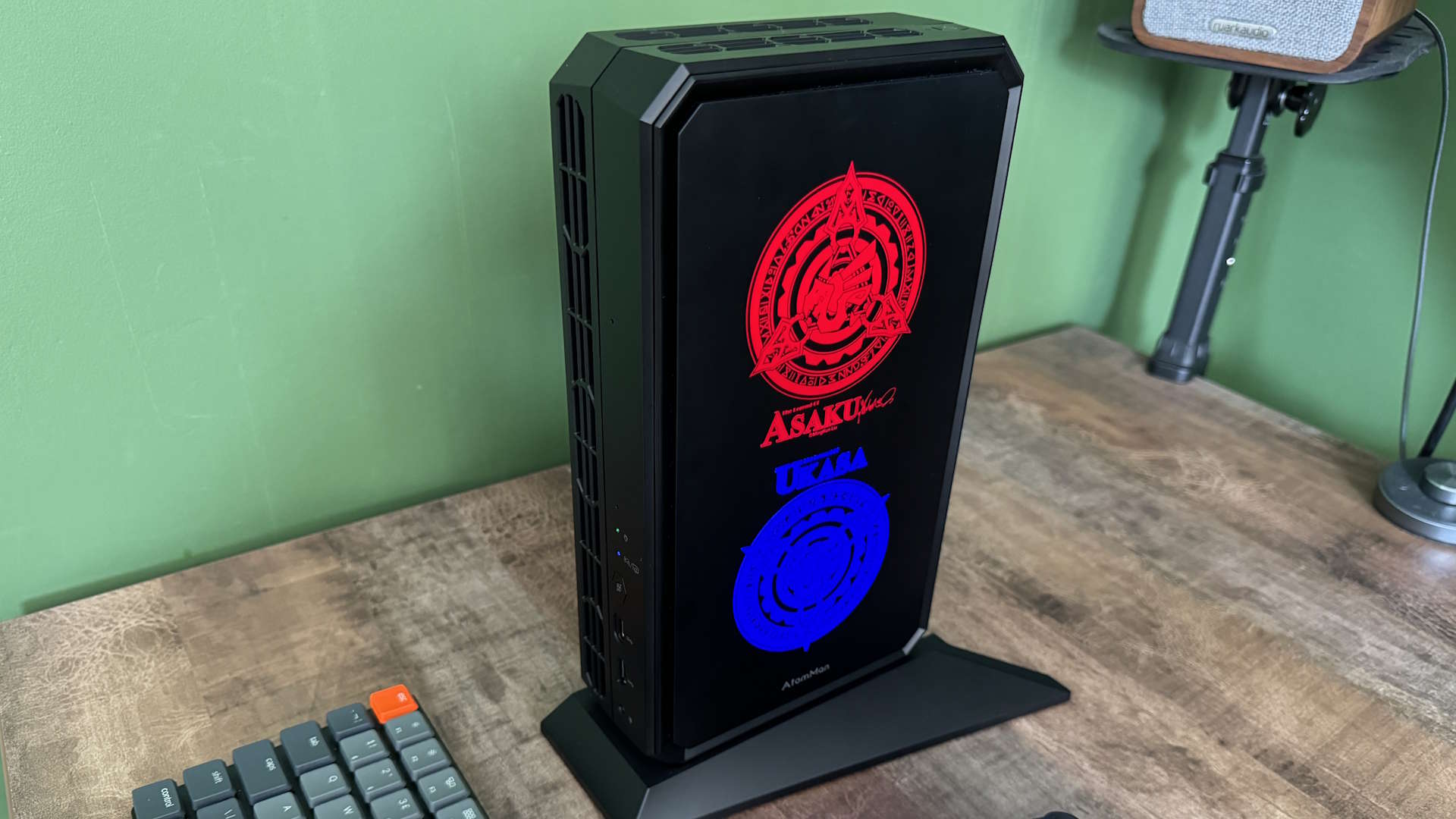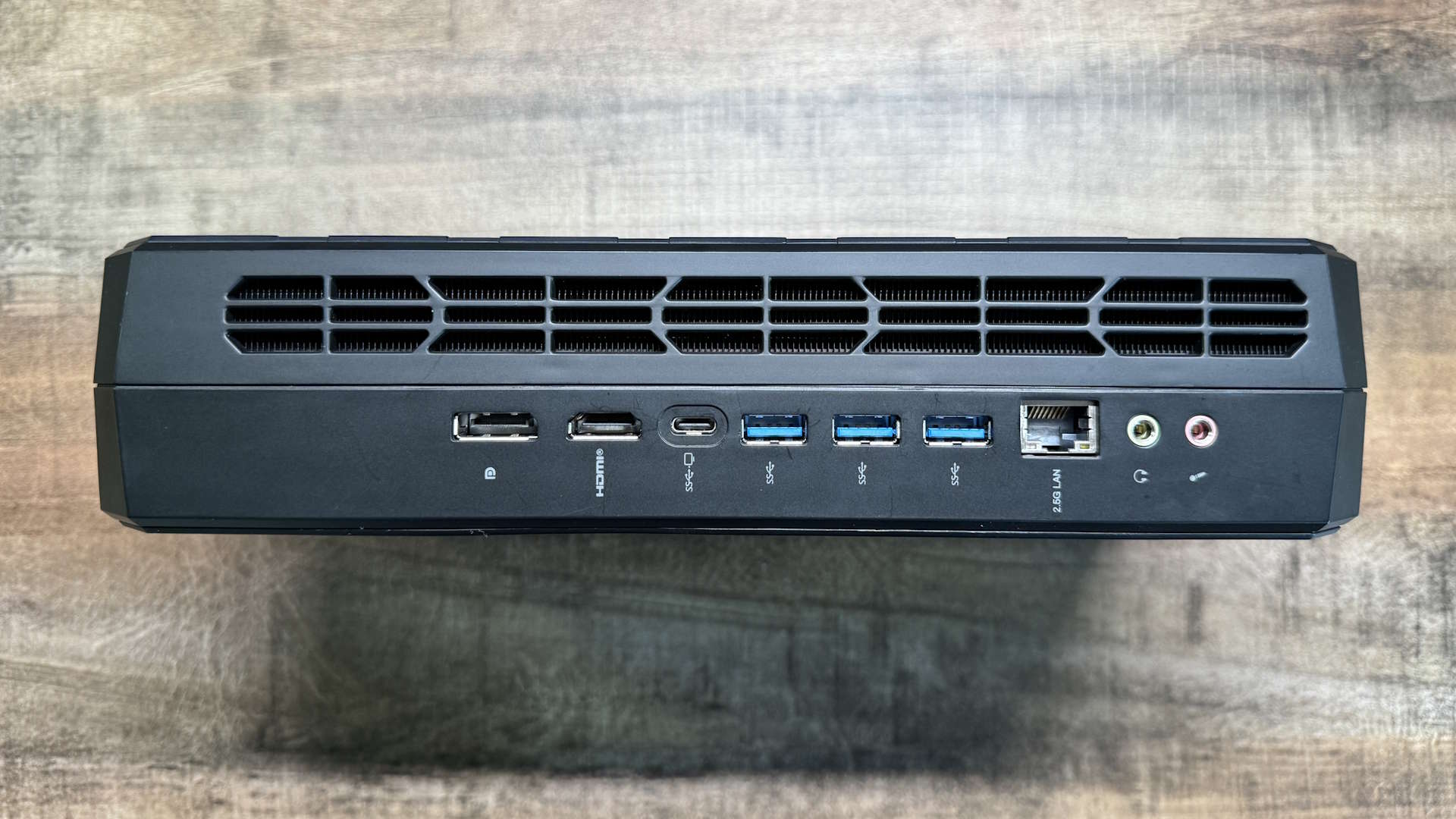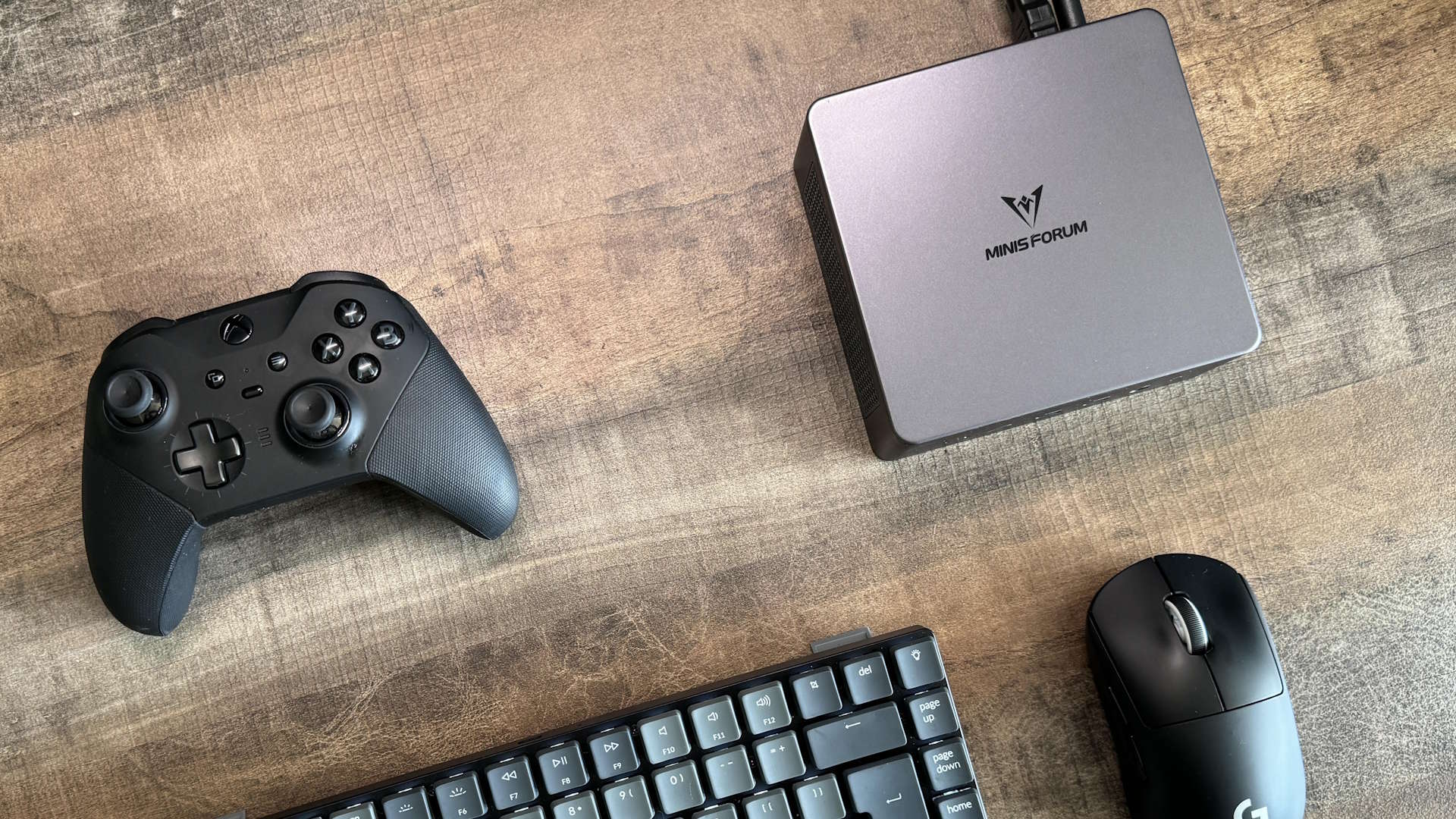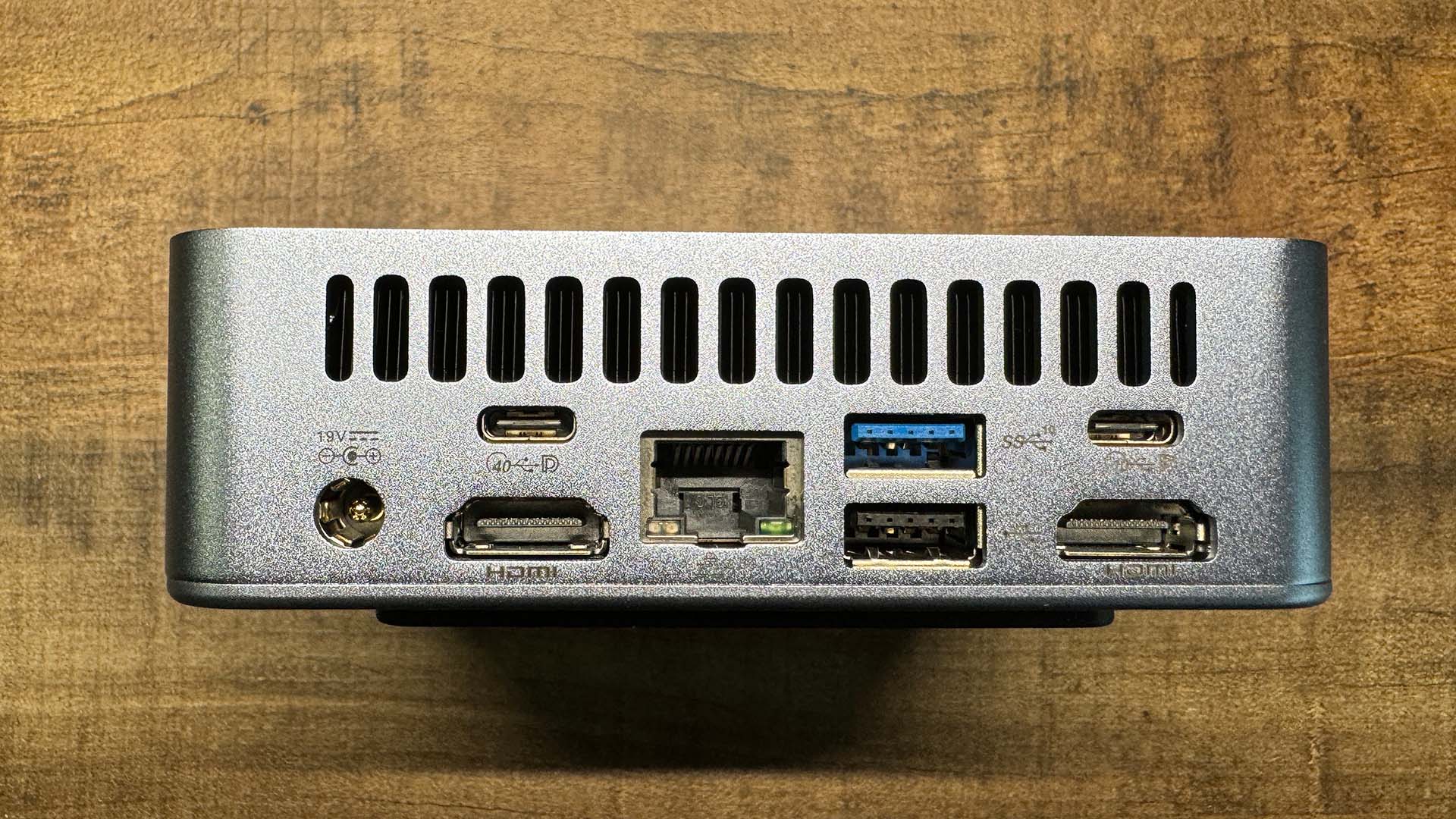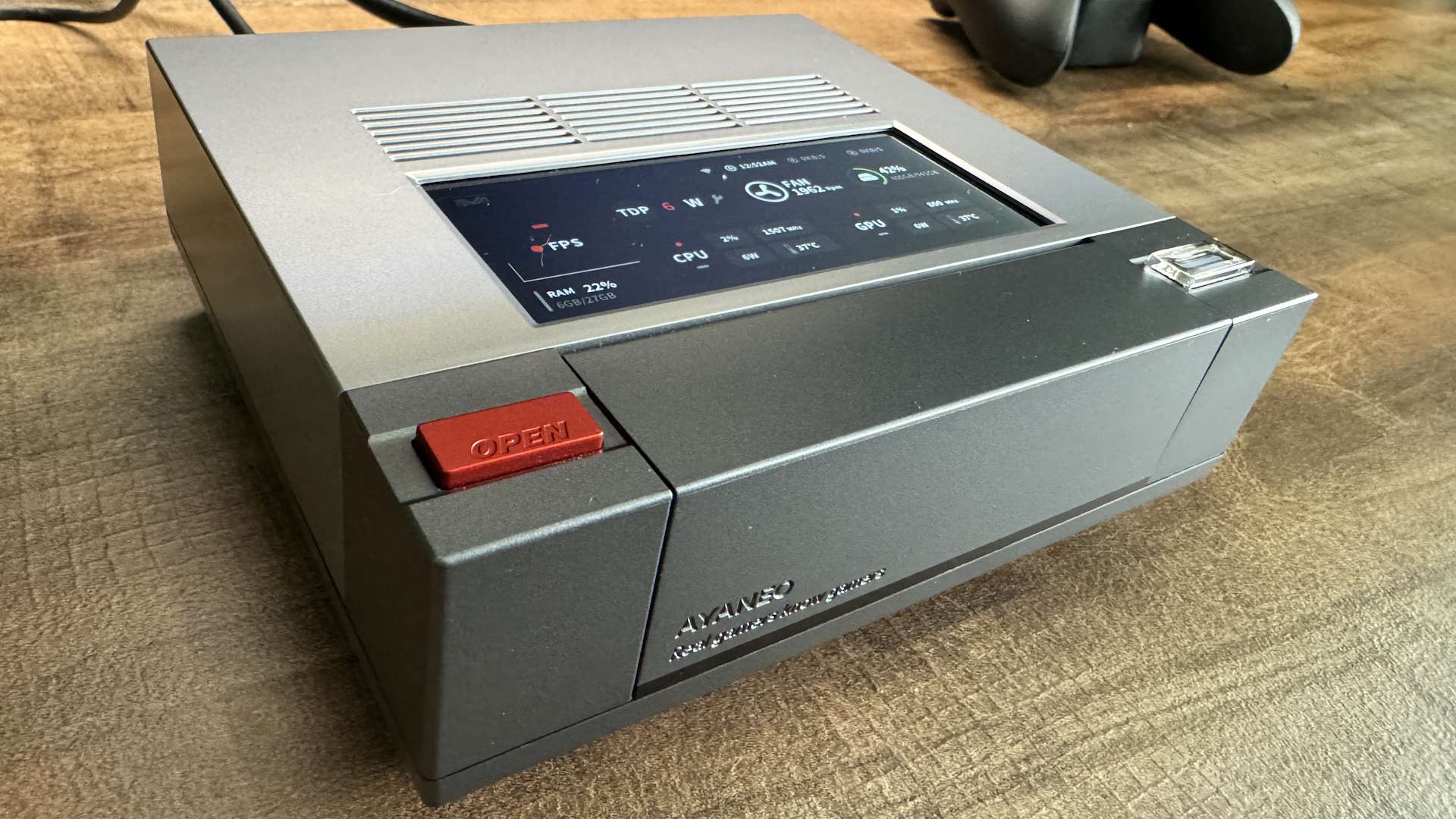Kingdom Come: Deliverance 2 is a strange mixture of historical drama and The Hangover

We gave Kingdom Come: Deliverance 84% in our review, saying: "It's one of the most satisfying, rewarding role-playing experiences I’ve enjoyed on PC for a while, but the inconsistent performance and the game’s tendency to completely break does test my patience from time to time."
Those of you keen to do some horseback riding and duelling in 15th century Bohemia are going to have to wait a wee bit longer. Medieval RPG Kingdom Come: Deliverance 2 is no longer coming out this year, with its release date pushed back to February 11, 2025. It's still not too far off, though, and to keep us going, Warhorse has given us a taste of what to expect when it does appear.
At a preview event in the town of Kuttenberg, one of the real-world locations in which the game takes place, the studio gave me hands-on time with two slices of Henry's adventure, following the unassuming hero from the beginning of the game and later, in the sequel's second map, as he explores aforementioned town.
Where the original game kicked off with a glimpse of pastoral life before Henry was uprooted by violence, the sequel wastes no time as it rushes into the action. Bohemia is aflame, and I immediately find myself stuck in a siege as the forces of King Sigismund of Hungary, in his quest to take the throne of Bohemia, try to batter down the walls. Things ain't looking good for the defenders.
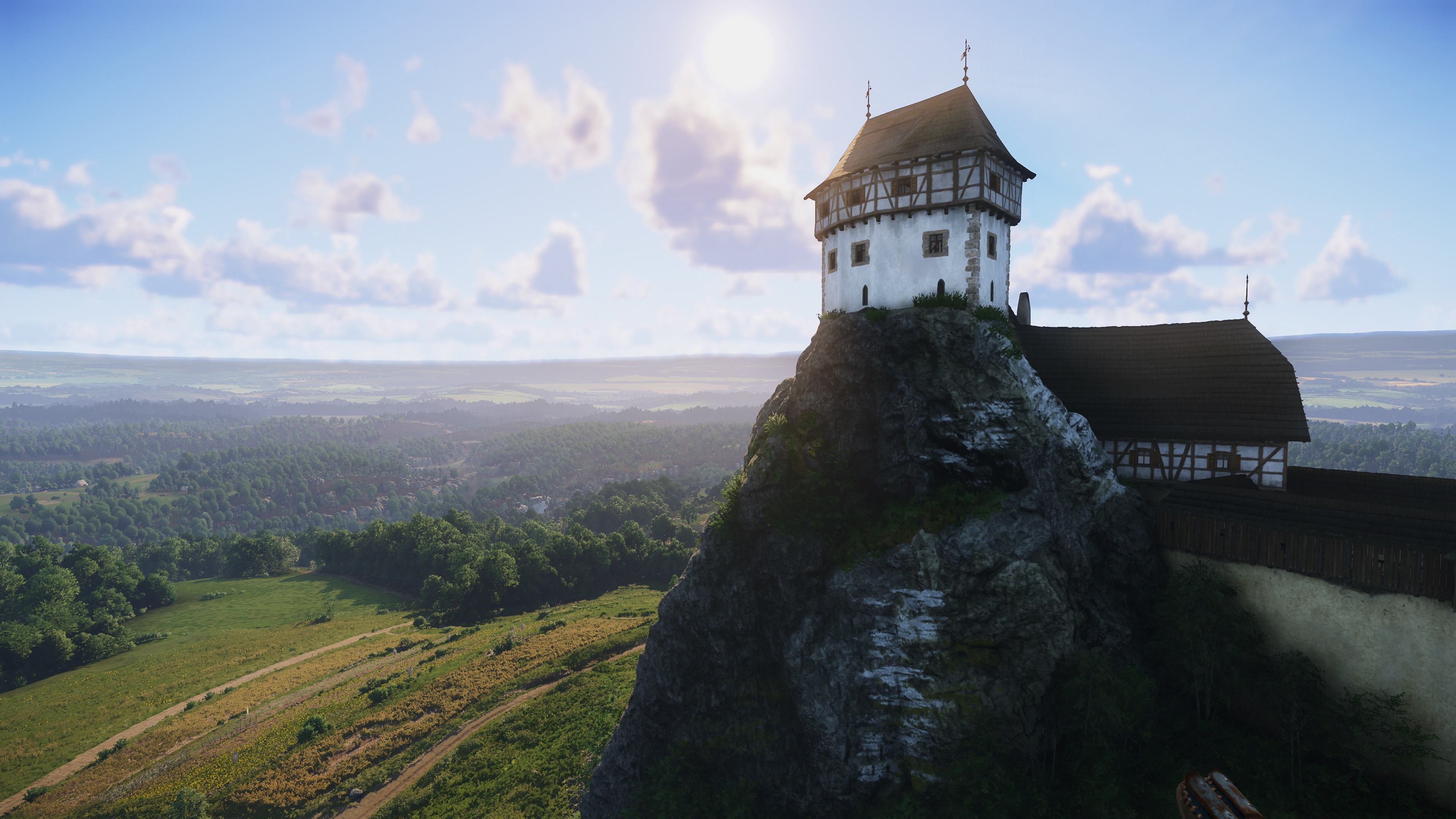
Having already spent countless hours in Kingdom Come: Deliverance, I appreciate being able to get straight into the meat rather than mucking around with character creation systems and tutorials—though some of this stuff is on the horizon, it turns out. For now, though, it's war. Temporarily playing as Father Godwin, an ancillary character from the first game, I rush along the walls kicking and hacking at the soldiers clambering up them, with the din of battle filling my ears.
I even get to whip out my crossbow and start picking off some more distant foes, snapping to cover as I take aim. It takes a while to reload, but it makes up for the cumbersome setup with its brutal efficiency at killing. It's precise, deadly and surprisingly quiet. Later, a man in medieval cosplay hands me a real crossbow to shoot, which I discover surprisingly matches everything about the experience of using its simulated counterpart.
My crossbow skills do not save the day, unfortunately. The battle turns, and I find Hans, Henry's noble BFF, looking worse for wear. He then pithily recalls how events conspired to leave him battered and bloody in the courtyard of a falling castle. It's a scene very much in the vein of the *Record Scratch* *Freeze Frame* / Yep, That's Me meme, but also reminds me of Randal from Clerks' frequent complaint of "I'm not even supposed to be here today". Then I'm kicked back in time to a less turbulent day, finally playing as Henry, accompanied by a much less bruised Hans.
Court jesters

Kingdom Come: Deliverance 2, like its predecessor, enjoys a laugh. It is categorically not a comedy, but it has many of the qualities of one—specifically, those of the bawdier variety. There's a strong 'lads getting into scrapes' vibe, so this RPG about a war-torn nation also has a strange amount in common with the likes of The Hangover and Revenge of the Nerds. It's a peculiar juxtaposition that is extremely entertaining when it works, and extremely awkward when it doesn't.
This is particularly evident during the first half of the demo, where Henry and Hans are on a road trip that goes awry. Tasked with the delivery of a message to a noble who has sided with Sigismund, the pair act more like they're on holiday—sauntering through the absolutely stunning Bohemian countryside—than on an important business trip. They joke and wind each other up, full of good-natured camaraderie, but they're also a bit pervy.
While camping with their retinue, there's a discussion that serves as a subtle character creation system. We're sharing stories, which let me define my version of Henry, sans menus and point allocations. The conversation is a touch awkward in terms of its writing, but I appreciate the attempt to establish that this is a character who is already fully-formed. Then the conversation turns to Henry's wife, where I get the option to tell all the lads what she's like in bed. It's grim, though thankfully Hans cuts him off before the conversation gets too 'lads lads lads'. You can opt to be more coy here, it's worth noting, but it's a jarring moment, especially since Henry is a pretty sweet fella for the most part.

After a brief combat tutorial and an introduction to Henry's loveable hound Mutt—introduced in the first game's DLC, he'll eventually lend a hand by tracking, hunting and fighting—the BFFs decide to take a dip in the nearby lake. There's more bants, some dick jokes, and while it's puerile, it's also good fun. The pair's burgeoning friendship was a highlight in the first game, and that remains true here. They're a couple of dumb bros, but I confess I am charmed. Except when I am not. Like when they go full Revenge of the Nerds and decide to spy on some women.
They're a couple of dumb bros, but I confess I am charmed. Except when I am not.
Instead of going for a swim, the sound of some lassies singing inspires Hans to perv on them while they're washing. Thus begins a stealth section where two men in their underwear try to sneak up on a group of young women out in the woods. It feels more 1980s than 1400s. Before we can complete our pervy quest, though, some soldiers arrive and start cutting down peasants. One of them tries to sexually assault a woman, but is interrupted by Henry yelling.
The life of a woman in the 1400s was pretty terrible, but it's strange how much this 3-4 hour demo presents its female characters as either objects of desire or victims. I'm detailing this one scene specifically because it does both, for the purposes of comedy and shock, but it keeps happening. Older or less overtly attractive women, meanwhile, are presented as sharp-tongued or crone-like. It's not dissecting the role of women in medieval Europe, it's reinforcing stereotypes. The first game did feature some interesting, complex female characters, and hopefully the same will be true here, but how the demo presents them certainly gives me pause.
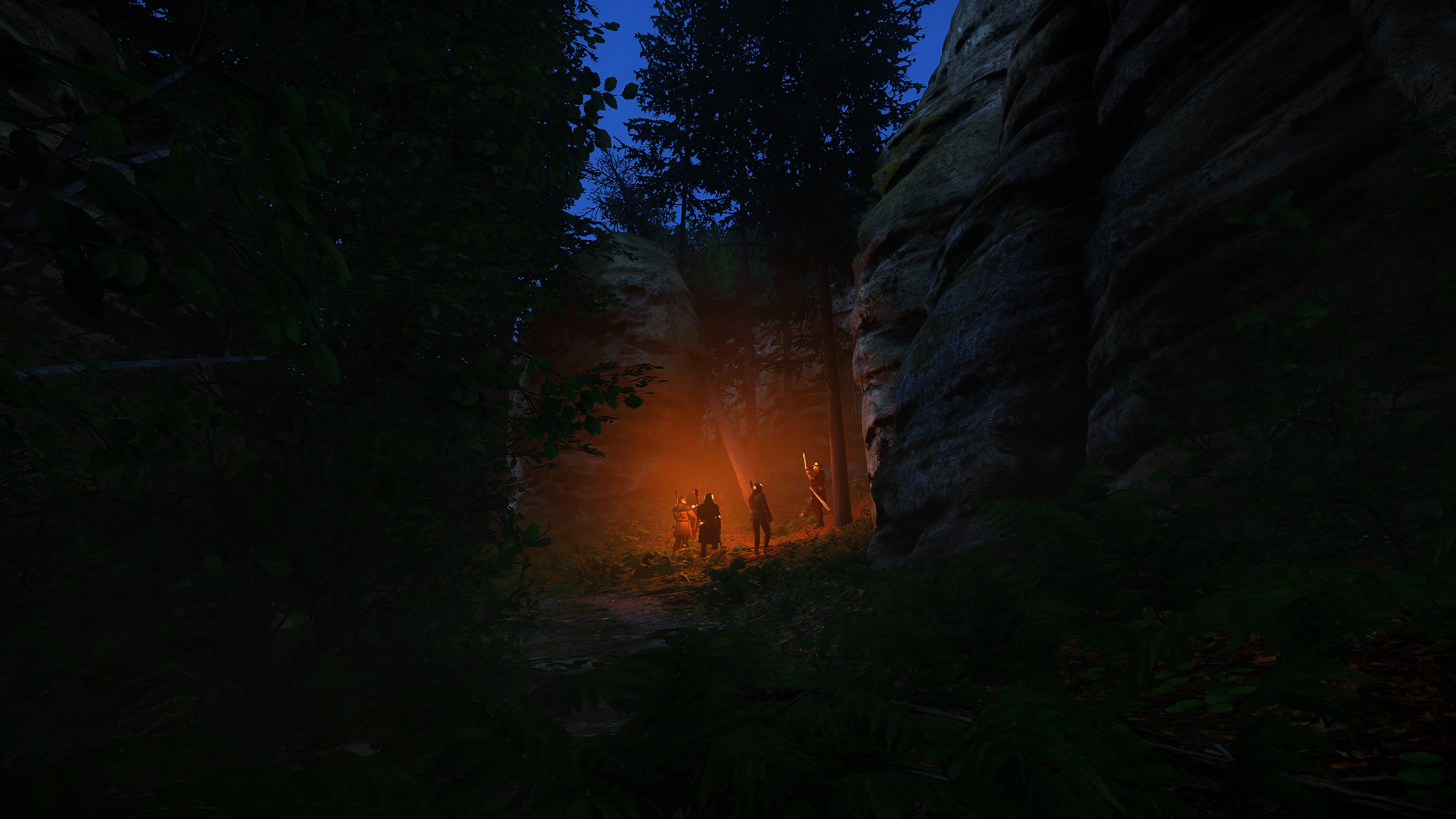
Everything goes downhill for Henry and Hans from this point on. Mostly naked and unarmed, they flee the soldiers, while their retinue suffers an even worse fate. Henry takes a tumble, bumps his head, and then begins to have visions of his past. These disturbing hallucinations, where he sees his friends and family murdered, serve as a sort of catch up for new players, or those who forgot how the first game began. It's dramatic and at times shocking, but by now it's been on-rails for a while and I'm eager to get into the game proper.
No such luck, unfortunately. There's more sneaking around in the dark, more near misses, and then an extended period where the pair must recuperate under the care of an eccentric older woman living in the forest, where I'm reintroduced to the alchemy system. I go herb-picking and then use our saviour's little lab to create a healing concoction, grinding, mixing and heating it up to produce the right results. It's all extremely tactile, and one of the better RPG crafting diversions, and is now accompanied by blacksmithing, which uses similar principles.
While Henry and Hans are recovering, let's dig into some more of the RPG systems. Kingdom Come: Deliverance 2 tries to strike a balance between making you feel like you're playing an established character and starting a new game by making Henry's injuries reduce his skills, though not all the way back to his pre-hero days. You're not entirely useless.
Knight school

The progression system is dense. First off, you've got your main attributes, like strength, and each of them has a bevy of associated perks waiting for you to unlock. So the strength tree lets you grab the Heracles perk, which makes you sexier the stronger you are, essentially making you more persuasive. Then you've got your secondary stats that are derived from your main ones, which include things like speed and charisma. You've also got skills, like thieving and horseriding, along with combat skills that make you proficient with specific weapons—these also have associated perks and combos. Practice makes perfect, so if you want to level up these skills and stats, you've got to use them.
The dialogue system, specifically when it comes to persuasion, is similarly dense. When trying to talk people around to your way of thinking, you'll have a bunch of options, like threatening violence or being chivalrous, and stats alone aren't the deciding factor. Who you're talking to matters greatly, as does what you're wearing. I went for the chivalrous approach to deal with a rival knight early in the game, but trying the same tactic with a bandit while being dressed in rags probably wouldn't have had a positive result.
After some chats and some scuffles, Henry and Hans leave the forest and finally reach their original destination: the castle of a rival lord. But they look terrible and don't actually have the message they were tasked with delivering. A guard pours the contents of a slop bucket on their heads. Now they look terrible and smell like a toilet. This is where Kingdom Come: Deliverance 2 finally starts to open up. Quests must be undertaken, work must be done and coin must be earned. There are different routes to getting an audience with the lord, and plenty of trouble to get into. And yes, a lot more laddish bants.
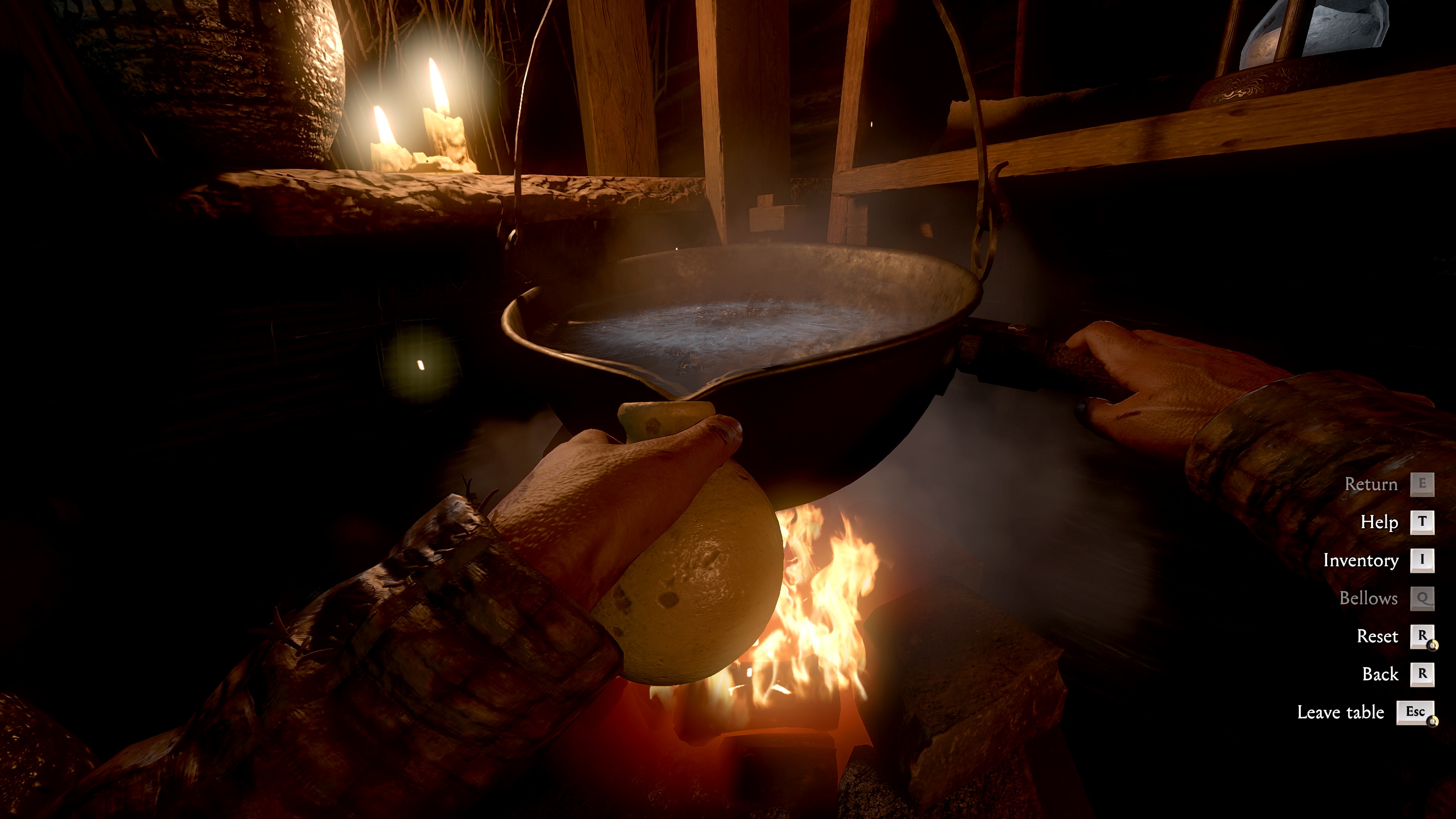
Despite spending much of this section stuck on the rails and put off by some of the more reductive elements, I found myself largely enjoying this reintroduction to medieval Bohemia. Some of the dialogue needs punching up, and some of the voice acting has a placeholder quality, but Henry and Hans' antics still elicit plenty of laughs, and the hints of the game's rich combat mechanics and complex RPG systems leave me extremely eager to get stuck in. Just as I'm getting to the really good stuff, though, it's time to jump into the second part of the demo.
Despite spending much of this section stuck on the rails and put off by some of the more reductive elements, I found myself largely enjoying this reintroduction to medieval Bohemia.
Now I'm in Kuttenberg, the game's second map. It's a silver-mining town, and by this point I've got a fat inventory and I'm all decked out in smart clothes that make me feel like the cock of the walk. I've also got some quality armour if I need to get into a scrap. For this section, Warhorse has restricted me to a single quest. Unfortunately, it's perhaps not the best quest to showcase when there's only a limited amount of time to play.
Here's the deal: a master swordsman from Germany wants to open up a school in Kuttenberg, and he's been given permission from the king. But the king is now MiA, the country is at war, and the local council has decided to let a local crew open a swordfighting school instead. I agree to help the German bloke sort this out, and this requires some stealth.

First, though, I explore Kuttenberg. It's a lot more lively than the forest and village I've explored thus far, with an abundance of NPCs living out their extremely regulated lives. Everyone is on a schedule, and sometimes that schedule might not be convenient for you. When I visit an NPC one night to chat, I can't find him in his usual spot. Instead I find him sleeping in his room at the inn, where he's in bed, muttering in his sleep. So, like a totally normal person, I wait. Hovering over his bed. For several hours. Thankfully, you can speed up the process. Morning arrives, and I watch the NPCs get ready for the day ahead. They actually rifle through their possessions to find their clothes and get dressed, because unlike Skyrim people don't sleep fully clothed. What a novelty!
I've been asked to steal a sword from the rival school, which I will then need to display outside the town hall. This will signal their acceptance of a challenge, and they'll be too embarrassed to back down. Thus begins a lot of sneaking around in the dark and plenty of lockpicking minigames. My first attempt doesn't go very well. I forget to shut the doors behind me, so a guard starts following my route through the building to investigate. I then botch a stealth attack, which would have knocked him out. A proper fight ensues, more people arrive, and to save my own life I start swinging my sword instead of my fists. One of the men I kill runs the school, so I fail the quest.
My second attempt goes a bit better. I close the doors this time, at least. I do find myself wishing for some feedback, though. It's hard to know if I'm properly hidden or not, and despite being 2am there are a surprising number of people awake in the building searching for intruders. I manage to steal the sword, but I'm not quite sneaky enough, so the rival school's boss knows I'm responsible. This isn't a dealbreaker, thankfully. The tournament goes ahead, despite everyone knowing I'm a naughty boy. Unfortunately, this does mean the other school gets an advantage: they get to wear proper armour, while our squad has to make do with only meagre defences.
Slugfest

After all the sneaking around, I'm excited to start causing some legally sanctioned mayhem with a big ol' sword. Kingdom Come: Deliverance 2 has other ideas. Instead, for round one, two NPCs get to fight. "OK," I think to myself, "this will only take a few seconds." Nope! I wish I'd timed it, but it felt like it must have gone on for five minutes. They go for multiple rounds, and while the combat feels great when you're involved, it's deathly dull when you're just watching it. At one point, I look up from my screen and see rows of journalists just waiting around.
Finally it's my turn. Because my opponent is encased in armour, it takes a bit of doing, but I get him down. Compared to the first game, the directional combat feels a bit snappier and I find it much easier to react to my foe, deftly blocking and punishing him with a nasty parry. It maybe relies a bit too much on counterattacking, but it's an undeniably fun bout, seeing me dancing around and constantly looking for an opening. Sadly, it goes by pretty quickly, and then I'm back outside the ring watching NPCs slowly batter each other.

When it becomes clear I'm not going to be able to finish the quest thanks to the sluggish pace of the brawls (my time with the demo is almost up) I decide to do the honourable thing: disqualify myself by punching the referee right in his dumb face. It's immensely satisfying.
I leave the demo impressed by its systems but wishing I had more time to go off the prescribed track (and slightly annoyed by NPCs who take too long to fight each other). It's hard to get an impression for a massive open-world RPG otherwise. Broadly, though, Kingdom Come: Deliverance 2 feels like Kingdom Come: Deliverance 1 but more. It's larger, confident and extremely tactile, but maintains the first game's novel juxtaposition of historical drama and slapstick silliness. There's a lot to like, but also quite a few things I hope to see improved come launch.

© Warhorse Studios






